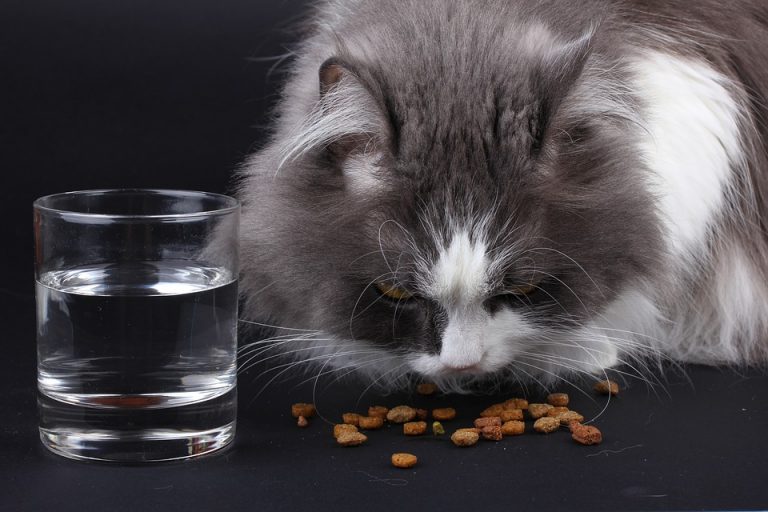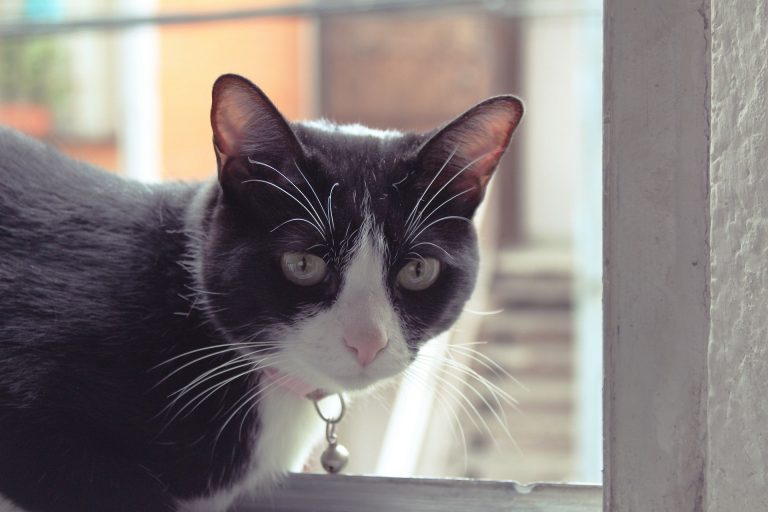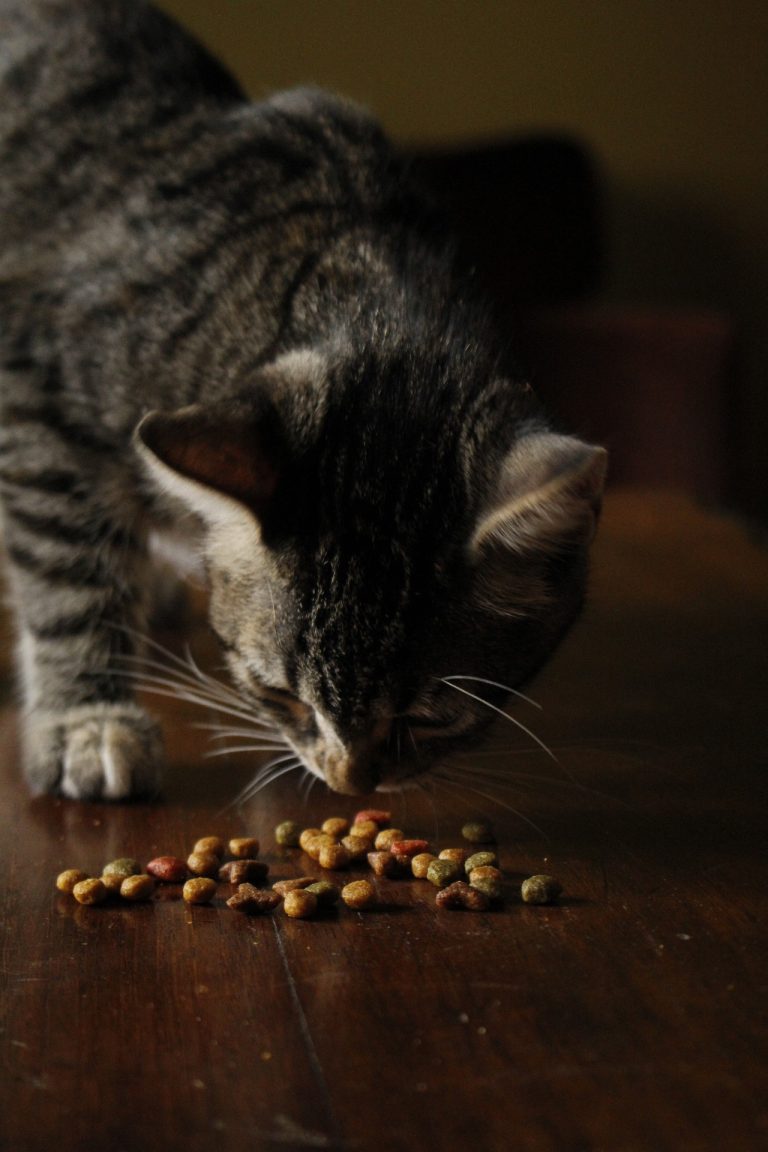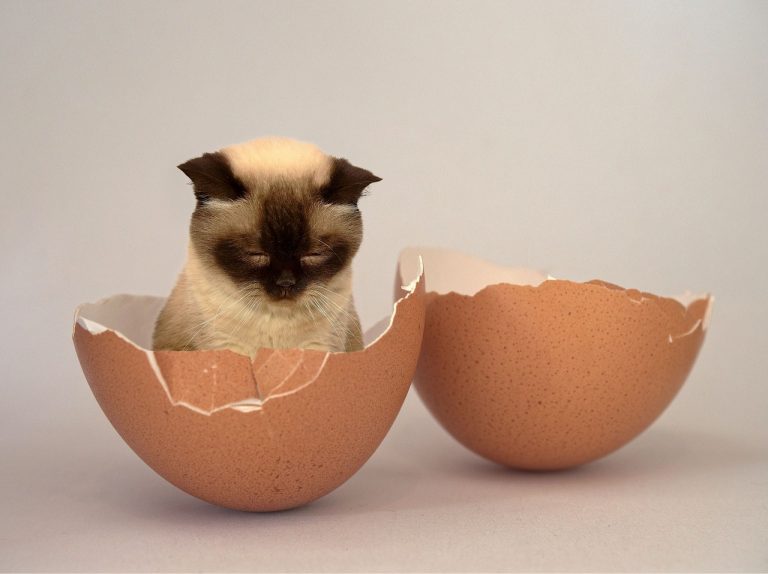The Ultimate Buying Guide for Cat Harnesses: Ensuring Safety and Comfort
Cat owners who want to provide their feline companions with outdoor adventures while ensuring their safety and security often turn to cat harnesses. Choosing the right harness is crucial, as it directly impacts your cat’s comfort and well-being during walks or other outdoor activities. In this comprehensive buying guide, we will explore the key factors to consider when purchasing a cat harness. From different types of harnesses to sizing, materials, and additional features, this article aims to help you make an informed decision and find the best cat harness for your furry friend.
Understanding the Different Types of Cat Harnesses:
Before diving into the buying process, it’s essential to familiarize yourself with the various types of cat harnesses available. The three main types include:
a. H-Style Harness: This classic design consists of straps forming the shape of an “H” on your cat’s back. It offers good support and control, making it suitable for cats who are new to harnesses or those who tend to pull.
b. Vest-Style Harness: These harnesses resemble small vests and provide more coverage and support compared to H-style options. Vest-style harnesses distribute pressure more evenly across your cat’s body, making them a great choice for cats with delicate necks or those prone to escape attempts.
c. Figure-8 Harness: Shaped like the number 8, this harness loops around your cat’s neck and shoulders, allowing for a snug fit. Figure-8 harnesses are ideal for cats with narrow necks and those who are comfortable with harnesses.
Selecting the Right Size:
Choosing the correct size is crucial to ensure your cat’s comfort and prevent any potential harm. Here’s a step-by-step guide to measuring your cat for a harness:
a. Measure the Girth: Using a soft measuring tape, wrap it around the widest part of your cat’s chest, just behind the front legs. Ensure the tape is snug but not too tight.
b. Measure the Neck: Wrap the measuring tape around the base of your cat’s neck, where a collar would typically sit. Again, ensure it is not too tight or loose.
c. Refer to Sizing Charts: Different manufacturers may have slight variations in sizing, so consult the sizing chart provided by the harness manufacturer. Compare your measurements to the chart to determine the appropriate size for your cat.
Material and Construction:
When it comes to cat harnesses, durability and comfort are key considerations. Look for the following features:
a. Quality Materials: Opt for harnesses made from durable yet comfortable materials. Nylon webbing is a popular choice as it is strong and lightweight. Ensure the material is soft and doesn’t rub against your cat’s skin.
b. Adjustable Straps: A well-fitted harness is essential, and adjustable straps allow you to customize the fit for your cat’s specific measurements. Look for harnesses with multiple adjustment points to ensure a snug and secure fit.
c. Buckles and Clasps: Choose harnesses with sturdy buckles and clasps that are easy to fasten and release. Avoid harnesses with flimsy plastic parts that may break easily.
Safety Considerations:
Keeping your cat safe should be a top priority when choosing a harness. Consider the following safety features:
a. Secure Fastenings: Ensure the harness has secure fastenings that won’t come undone easily. Look for buckles that lock or require two-step closures for added security.
b. Escape-Proof Design: Cats are known for their agility and escape artist skills. Look for harnesses that have additional security measures such as double straps, velcro closures, or chest clips to prevent your cat from wriggling free.
c. Reflective Elements: If you plan to walk your cat during dawn, dusk, or in low-light conditions, harnesses with reflective stitching or strips will enhance visibility and help keep your cat safe.
Additional Features and Accessories:
Some cat harnesses come with additional features that can enhance your cat’s outdoor experience:
a. Leash Compatibility: Ensure the harness is compatible with a leash. Look for a harness that has a sturdy leash attachment point, preferably a metal D-ring, to prevent breakage or accidental detachment.
b. Comfortable Padding: Extra padding on the chest and back areas can provide added comfort for your cat during long walks or hikes. It helps distribute pressure and reduces the risk of chafing.
c. ID Tag Attachment: Some harnesses include a built-in ID tag attachment point, allowing you to easily attach your cat’s identification tags for added safety.
Conclusion :
Investing in a high-quality cat harness is essential to ensure your furry friend’s safety and comfort during outdoor adventures. By considering factors such as harness type, sizing, materials, safety features, and additional accessories, you can make an informed decision and choose the best cat harness for your feline companion. Remember, each cat is unique, so finding the perfect fit may require some trial and error. With the right harness, you can provide your cat with the joy of exploring the great outdoors while keeping them secure and protected.






